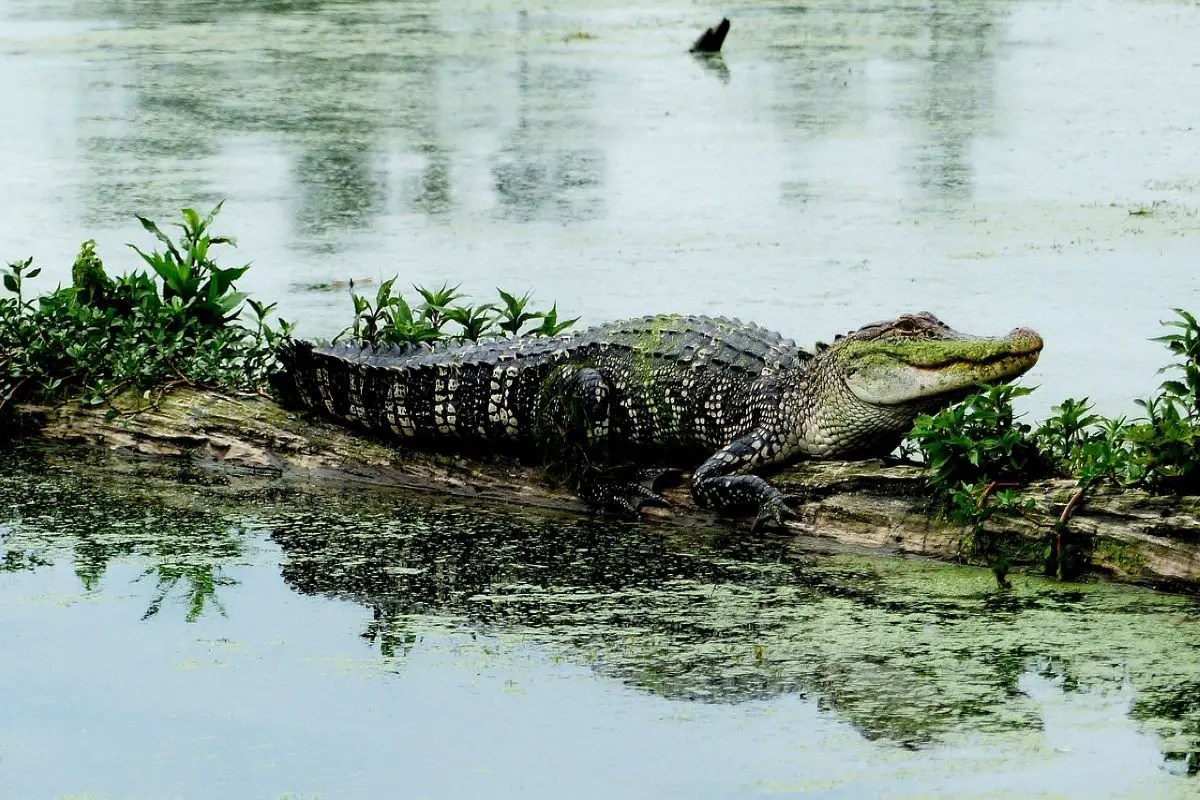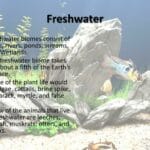Ever wondered how long an alligator can remain submerged? The answer, as we’ll uncover, is far more fascinating and complex than a simple number. From the typical submersion time to the often-cited (but rarely substantiated) 24-hour claim, we’ll delve into the science behind these impressive reptiles’ underwater endurance, separating fact from fiction and exploring the remarkable physiological adaptations that make it possible.
How Long Can Alligators Hold Their Breath?
Alligators, those toothy giants of the wetlands, possess a remarkable ability to stay underwater for extended periods. But how long, exactly? Let’s explore the intricacies of their underwater endurance.
Average Dive Times: A Typical Alligator’s Underwater Hangout
On average, adult alligators comfortably remain submerged for 20 to 30 minutes. This figure is supported by numerous observations of alligators in their natural habitats, meticulously documented by scientists studying their underwater behavior. It’s a testament to their remarkable physiology.
The 24-Hour Myth: Separating Fact from Fiction
While the 20-30 minute average is well-established, tales of alligators staying submerged for a full 24 hours persist. These claims, however, often lack robust scientific evidence. While extremely long submersions are possible, these are exceptional circumstances. They likely involve factors such as exceptionally cold water (which dramatically slows their metabolism, reducing oxygen demand), minimal activity from the alligator, and a combination of factors that maximize oxygen conservation. More research is needed to fully understand these exceptional cases.
Alligator Adaptations: Nature’s Built-in Breath-Holding System
Alligators’ underwater prowess isn’t simply a matter of willpower; it’s the result of a sophisticated suite of physiological adaptations.
Bradycardia: Alligators employ bradycardia – a significant slowing of their heart rate. This can drop to as few as 2-3 beats per minute! This dramatic reduction drastically lowers their oxygen demand.
Strategic Blood Flow: Their bodies prioritize blood flow to essential organs like the brain and heart, ensuring these vital functions are maintained even with reduced oxygen availability.
Nictitating Membrane: Alligators possess a transparent third eyelid, the nictitating membrane, which protects their eyes while submerged, maintaining clear underwater vision.
These adaptations work in concert to create an incredibly efficient oxygen-conserving system.
Age and Environment: Factors Affecting Breath-Holding
An alligator’s underwater endurance isn’t solely determined by its inherent physiology. Several external factors also play crucial roles:
Age: Juvenile alligators, with smaller lungs and faster metabolisms, have significantly shorter breath-holding times than adults.
Water Temperature: Warmer water accelerates their metabolism, increasing oxygen consumption and reducing underwater time. Conversely, colder water slows their metabolism, allowing for prolonged submersion.
Activity Level: An active alligator hunting or moving around will exhaust its oxygen reserves faster than one resting peacefully.
The Ecological Importance of Underwater Endurance
The alligator’s ability to hold its breath isn’t merely a fascinating biological quirk; it’s fundamentally important for survival. Prolonged submersion is a key strategy for:
Successful Hunting: Ambushing prey from below the water’s surface is a highly effective hunting technique.
Temperature Regulation: Submersion helps alligators regulate their body temperature, particularly in hot climates.
Predator Avoidance: A quick dive can provide a life-saving escape from potential predators.
Dispelling Myths: Sleep and Underwater Life
Contrary to popular belief, alligators do not sleep underwater. They are air-breathers and must surface regularly for air; they do not possess gills. While they may rest on the bottom, they need to surface to breathe.
A Broader Perspective: Alligator Comparisons
Comparing alligators to their close relatives, such as crocodiles and caimans, reveals fascinating insights into the diversity of underwater adaptations among these reptiles. These variations in breath-holding capacities and physiological strategies represent a rich area for ongoing research. Further investigation into the long-term effects of prolonged submersion on alligator physiology is also crucial for a complete understanding.
Conservation and the Future of Alligators
Effective alligator conservation is essential, as habitat loss and environmental degradation can significantly impact their ability to utilize these crucial underwater strategies. The future of these magnificent reptiles depends on our collective efforts to protect and preserve their environment. Understanding their physiological adaptations and underwater behaviors is a vital component of these conservation efforts.
What Animal Can Hold Its Breath for 30 Minutes? And Beyond…
Alligators’ ability to stay submerged for a considerable time is truly impressive, but they’re not alone. The underwater world is teeming with breath-holding champions. Let’s compare them.
Beyond 30 Minutes: The Amazing 24-Hour Stories (and other extreme examples)
While a 30-minute submersion is remarkable, the much-discussed 24-hour claim demands a closer look. Such prolonged submersions are exceptionally rare and only seem possible under incredibly specific conditions – very cold water to significantly slow their metabolism and a completely inactive state. This isn’t a typical behavior, but rather an extreme example of oxygen conservation.
Alligator Physiology: Mastering Oxygen Conservation
Alligators are masters of oxygen conservation. Their unique physiology plays a vital role. Their heart rate drastically slows (bradycardia), sometimes to as few as 2-3 beats per minute, dramatically reducing their oxygen demands. They’re also incredibly efficient at extracting oxygen from each breath, maximizing their oxygen supply. Their bodies prioritize oxygen delivery to critical organs, ensuring continued function in low-oxygen environments.
A Breath-Holding Competition: Who Wins?
Let’s compare alligators’ breath-holding capabilities to some other remarkable animals:
| Animal | Estimated Maximum Breath-Holding Time (Minutes) |
|---|---|
| Cuvier’s Beaked Whale | 138 (almost 2.5 hours!) |
| Sea Turtle (Loggerhead) | 600 (a whole 10 hours!) |
| Sea Turtle (Green) | 300 (5 hours!) |
| Sperm Whale | 90 (an hour and a half!) |
| Northern Elephant Seal | 119 (almost two hours!) |
| Alligator | 1440 (24 hours under perfect conditions) |
The table highlights the incredible diversity of breath-holding adaptations across the animal kingdom.
Environmental Factors and Breath-Holding
Water temperature is a major factor; colder water holds more dissolved oxygen. An animal’s activity level also plays a crucial role; more movement consumes more oxygen. It’s a dynamic interplay between an animal’s physiology and its environment.
Debunking Myths: Alligators and Their “Underwater Sleep”
It’s a common misconception that alligators sleep underwater. While they may rest submerged, they always surface to breathe; they cannot sleep underwater. Their apparent underwater stillness might lead to this misconception.
Ongoing Research: Unraveling the Secrets of Aquatic Breath-Holding
Scientific understanding of these remarkable breath-holding feats is continually evolving. Ongoing research continually refines our understanding of these incredible adaptations and may well lead to the discovery of further intricacies.
Do Crocodiles Sleep Underwater?
No, crocodiles do not sleep underwater. Despite their impressive swimming abilities and breath-holding capabilities, they require regular surface visits for respiration. This is true for alligators as well. The ability to remain submerged for extended periods serves primarily as a survival strategy for hunting, escaping predators, and thermoregulation, not for underwater slumber.
While sensational stories of 24-hour submersions exist, scientific evidence supporting these claims is lacking. A more realistic estimate for both crocodiles and alligators is a maximum of around two hours under optimal conditions, with average submersion times closer to 15 minutes.
Both water temperature and stress greatly affect how long these animals can stay underwater. Colder water contains more dissolved oxygen, providing extended submersion time, while stress increases oxygen consumption.
Here’s a summary table:
| Animal | Average Underwater Time (minutes) | Maximum Underwater Time (minutes) |
|---|---|---|
| Crocodiles | Approximately 15 | Up to 120 |
| Alligators | Approximately 15 | Up to 120 |
Remember that research on crocodile and alligator behavior is ongoing, and our understanding may yet evolve.
[https://www.lolaapp.com/how-long-do-bearded-dragons-live-in-captivity] [https://www.lolaapp.com/how-do-i-get-rid-of-moles-in-my-yard]
- Amazing March Fun Facts: Unveiling History & Celebrations - April 15, 2025
- Master how to write height: A complete guide - April 15, 2025
- How High Are Your Standards Test: Find Your Perfect Match Now - April 15, 2025
















